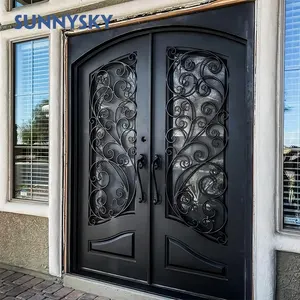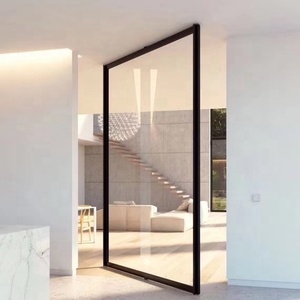Understanding Entry: A Comprehensive Overview
In the realm of business operations and design, the concept of entry plays a pivotal role. Entry refers to the points of access that facilitate customer interactions with a space or product. Whether it is through doorways, gateways, or product introductions, the strategic design and function of entry points are crucial for ensuring seamless transitions and positive experiences. This article delves into various aspects of entry, including its types, features, and applications.
Types of Entry: Exploring Diverse Options
There are several types of entrance solutions that cater to different needs and environments. Here are the primary categories:
- Vertical Entry: Refers to traditional vertical doors including swinging and sliding variants.
- Horizontal Entry: Instead of doors, these include gates and hatches, often used in industrial settings.
- Automated Entry: These systems include electronic and sensor-based doors that open and close with little to no manual assistance.
- Accessible Entry: Designed for inclusivity, these solutions provide easy access for individuals with mobility challenges.
Function and Feature of Entry: Enhancing Usability
The functions and features of entry points are essential for usability and aesthetics in any space:
- Security: A well-designed entry can help protect against unauthorized access, reinforcing safety measures.
- Access Control: Features such as keypads, motion sensors, and biometric scanners regulate who can enter, improving security.
- Energy Efficiency: Modern entry solutions often incorporate materials that aid in insulation, reducing energy costs.
- Aesthetic Appeal: The design of an entry can set the tone for the entire environment, inviting customers and enhancing brand perception.
Applications of Entry: Versatile Solutions Across Industries
Entry points are widely utilized across various sectors, each with unique characteristics and benefits:
- Commercial Spaces: Stores, offices, and malls utilize various entry designs to attract foot traffic while ensuring safety and accessibility.
- Residential Areas: Homes often feature personalized entryways that reflect individual tastes while meeting functional requirements.
- Industrial Settings: Warehouses and factories rely on sturdy and automated entry solutions for efficient logistics and security.
- Hospitality Industry: Hotels and restaurants focus on creating welcoming and accessible entries that enhance guest experiences.
Why Invest in Quality Entry Solutions?
Choosing high-quality entry solutions offers numerous advantages that contribute to customer satisfaction and safety:
- Durability: Quality materials and craftsmanship ensure that your entry points withstand wear and tear over time.
- Functionality: Well-constructed entryways are not only practical but also enhance the overall functionality of your space.
- Brand Identity: Customizable options allow businesses to align their entry aesthetics with their brand identity, reflecting professionalism and care.
- Compliance: High-quality entry systems ensure compliance with laws and regulations, such as ADA standards for accessibility.


















































































































































































































